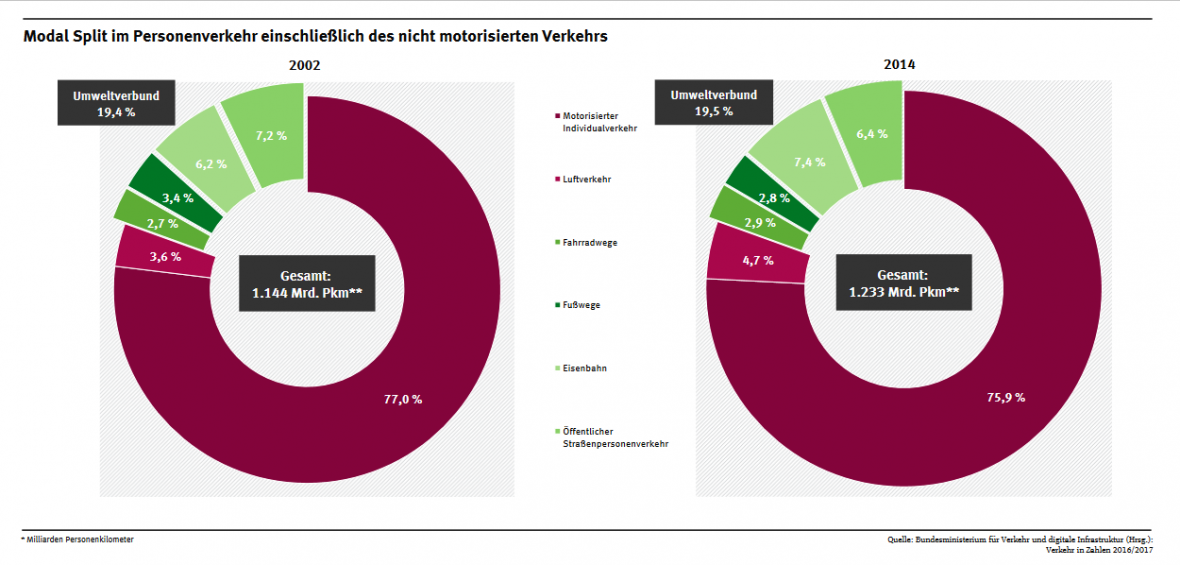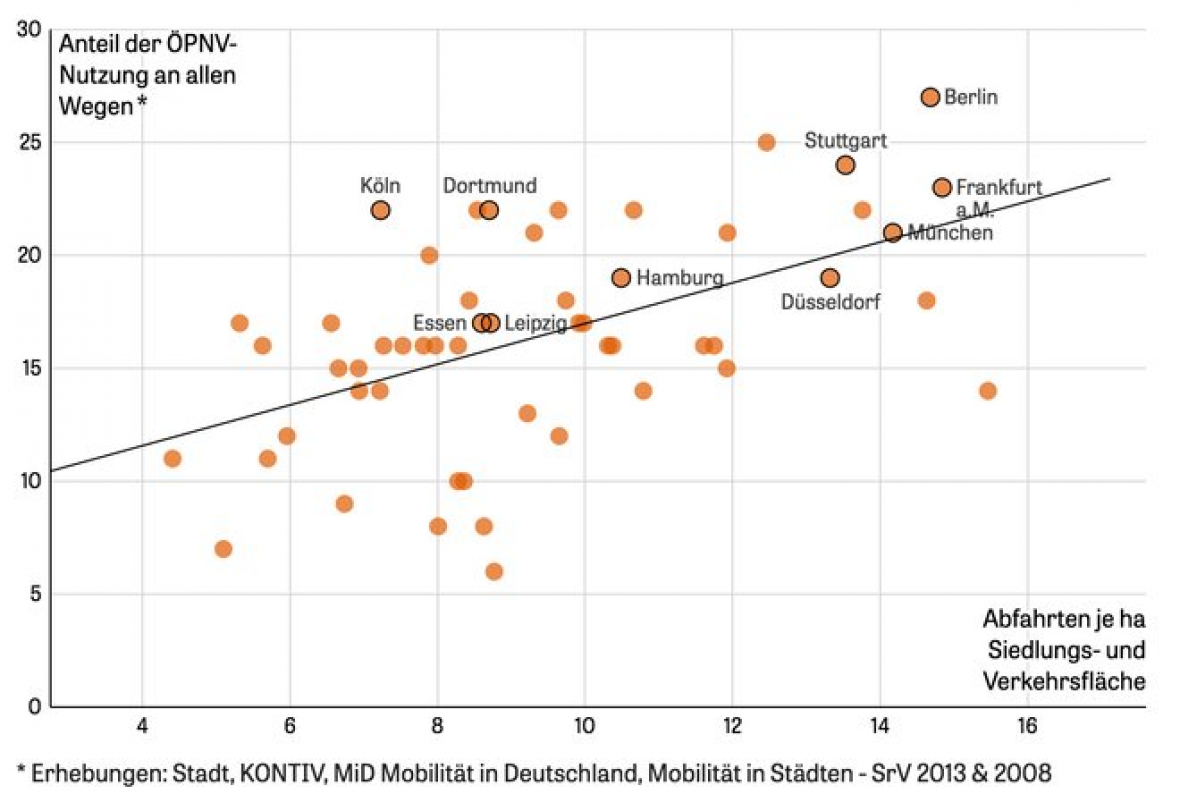Headline:
Navigating through Potsdam’s mobility challenges – Notes from the 1st Traffic Forum

As aspects of life that affect all of us, traffic and transportation often generate a diversity of strong opinions. This was highlighted at the 1st Potsdam Traffic Forum on Public Transportation on 14 October 2017. Organized by Urbanizers – Office for City Concepts for the City of Potsdam, the forum provided a platform for citizens to voice their opinions and concerns to city planners. The session started off with loud murmurs of discontent about the pricing, infrequency, and connectivity of buses, trams and trains in the city. However, by the end of the day, these murmurs were accompanied by proposals for how to navigate through Potsdam’s mobility challenges.
The challenge: With a growing global population, passenger numbers across all mobility types are rising. Last year, a record number of 10.2 billion people used public transportation across Germany, with buses and train rides replacing millions of journeys that would otherwise have been made by car (VDV 2017). However, despite this record-breaking number, cars are still the predominant form of mobility. If we take a look at the modal split (fig. 1), we see that motorized private transport dominates with a share of just under 80%, clearly way ahead of pro-environmental modes of transport (pedestrian, bicycle, rail, and public passenger transport), which only make up around 20% nationally.

The concerns: Urban populations are continuing to grow and Potsdam is no exception: In the decade from 2006 to 2016 its population grew from 147,716 to 171,597. This means that public transport has become more important than ever. The existing road infrastructure is already burdened with congestion, air pollution hotspots, and a chorus of engines and horns. If we want to facilitate a change in mobility behavior, then the public transport network needs to be inclusive of all residents. Yet many of the forum participants who live on the outskirts of Potsdam (especially in the north) feel left out and claim that “taking the car is often the only option we have”. This in turn has led to the formation of a local carpooling scheme. When another participant asked “What if we were to stop growing as a city?”, the city planners responded by stating that even if this were plausible, Potsdam is not an island. It would continue to be used by local and regional traffic. Concerns regarding the digitization of the mobility network were also raised, with one pensioner stating that “not everyone has the Internet or smartphones”. So how do we make public transport inclusive and accessible to all? What could its future look like? And how do we get Potsdam there?
Moving things forward: We (the 50 or so participants at the forum) were split into three working groups, where we discussed how urban mobility should be “today”, “tomorrow”, and “the day after tomorrow”. Representing the somewhat younger demographic, I decided to join the “day after tomorrow” group, which was concerned with the future of mobility by 2050. Having to think so far ahead forced the group away from compartmentalized thinking and towards the notion of having a fully integrated, multi-modal system that includes everything that Potsdam could potentially have to offer. Examples ranged from self-driving buses and trams to electric cargo-bike networks. The general consensus was clear: by 2050 all mobility options available in Potsdam should be part of one public transport network, and must be available on one ticket. Most importantly, by 2050 we should all be sharing rather than owning.
Collaborative planning: Over the course of the forum, people emphasized that the mobility network must take the planning of houses, public services, and work spaces into account. If public transportation is considered and linked with planning for land use, it could make life without car ownership much more attractive, accessible and convenient. As seen in fig. 2, Berlin is a good example of this, since it offers around 15 stops per hectare of traffic and residential space and 27% of its residents use public transport as their daily mode of transit. It might seem obvious, but the more public transportation is available, the more likely it is to be used.

If we want to facilitate a mobility transition, collaboration and the integration of city planning and public transportation are essential. Public involvement in decision-making is also a crucial factor in the success of the mobility transition. Local knowledge ensures that those most at risk of social exclusion are included. Getting young people involved is especially important, as they are often the bottom-up drivers in society. One of the most inspiring take-home messages from the Traffic Forum was that despite the huge level of dissatisfaction with the current situation, the vast majority of people endorse innovative mobility concepts and want to contribute to their implementation.
Header image: istock/iascic

Add new comment